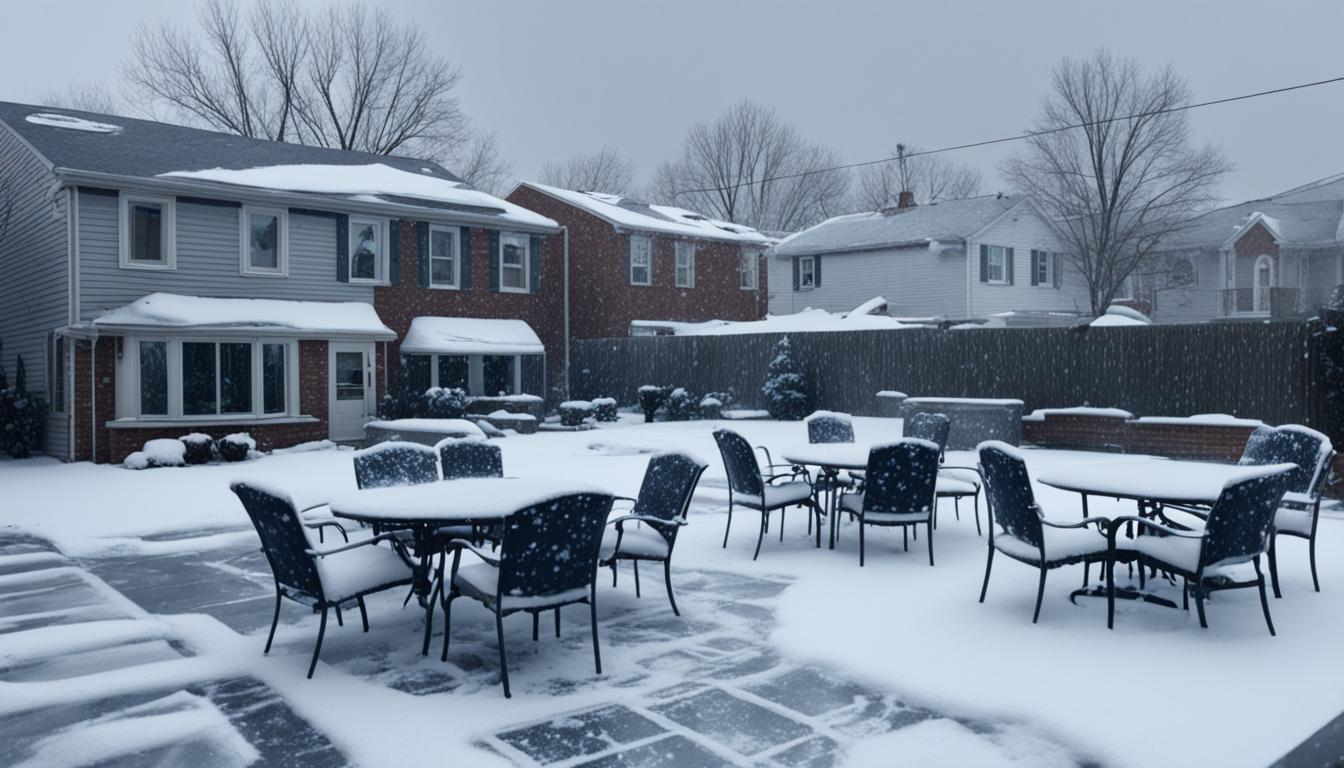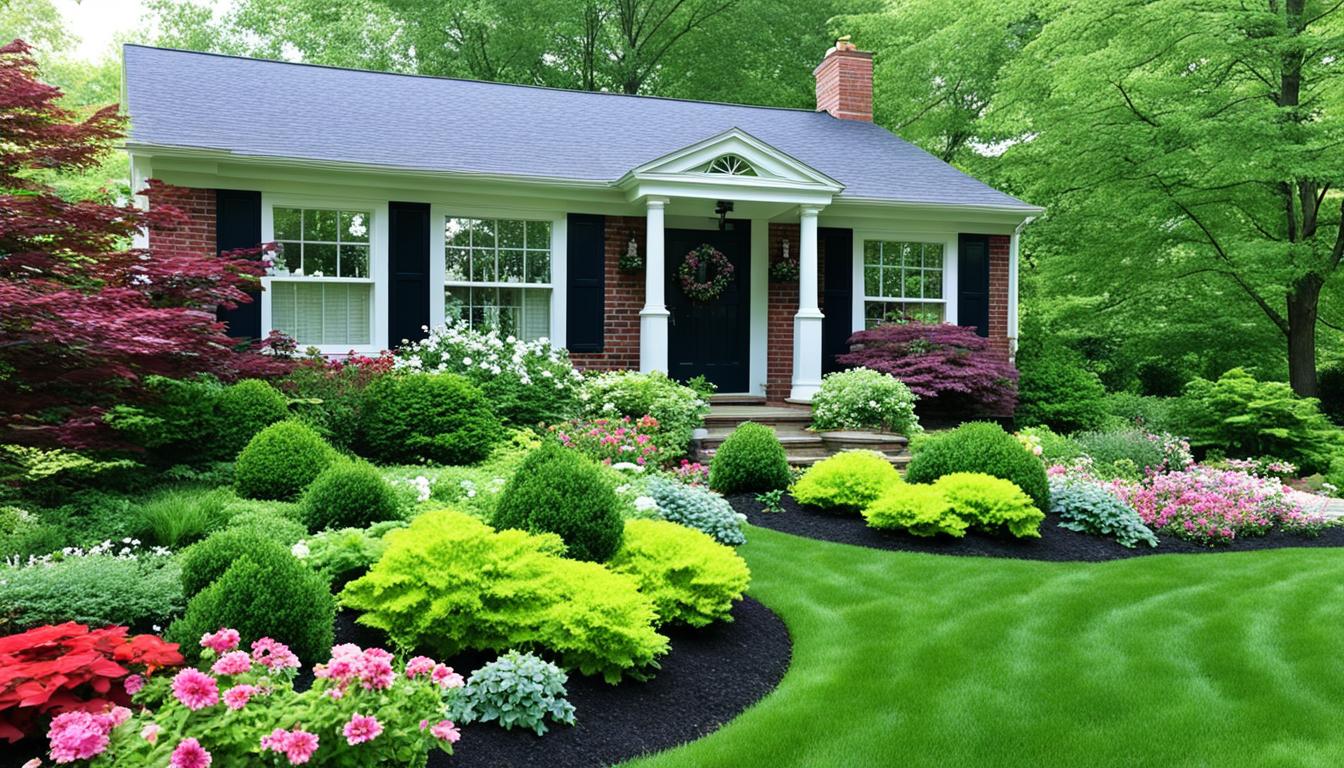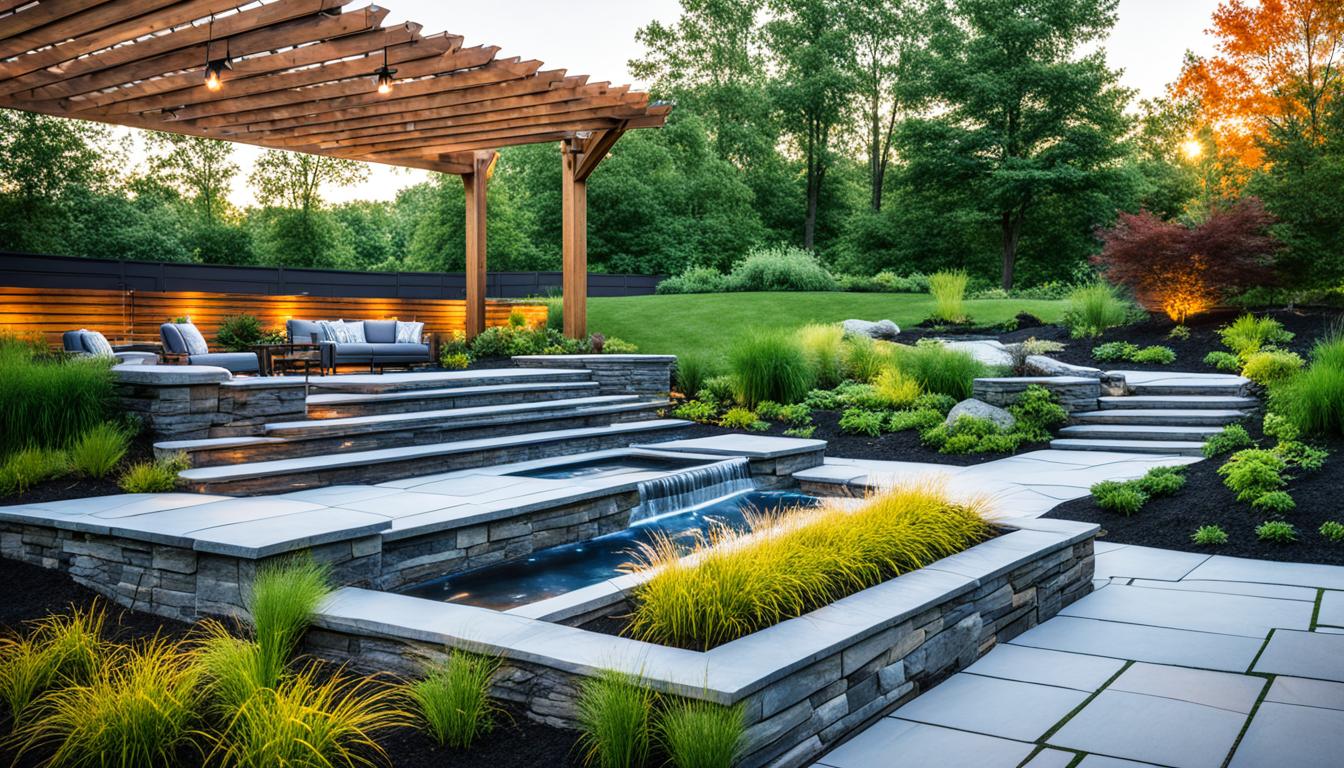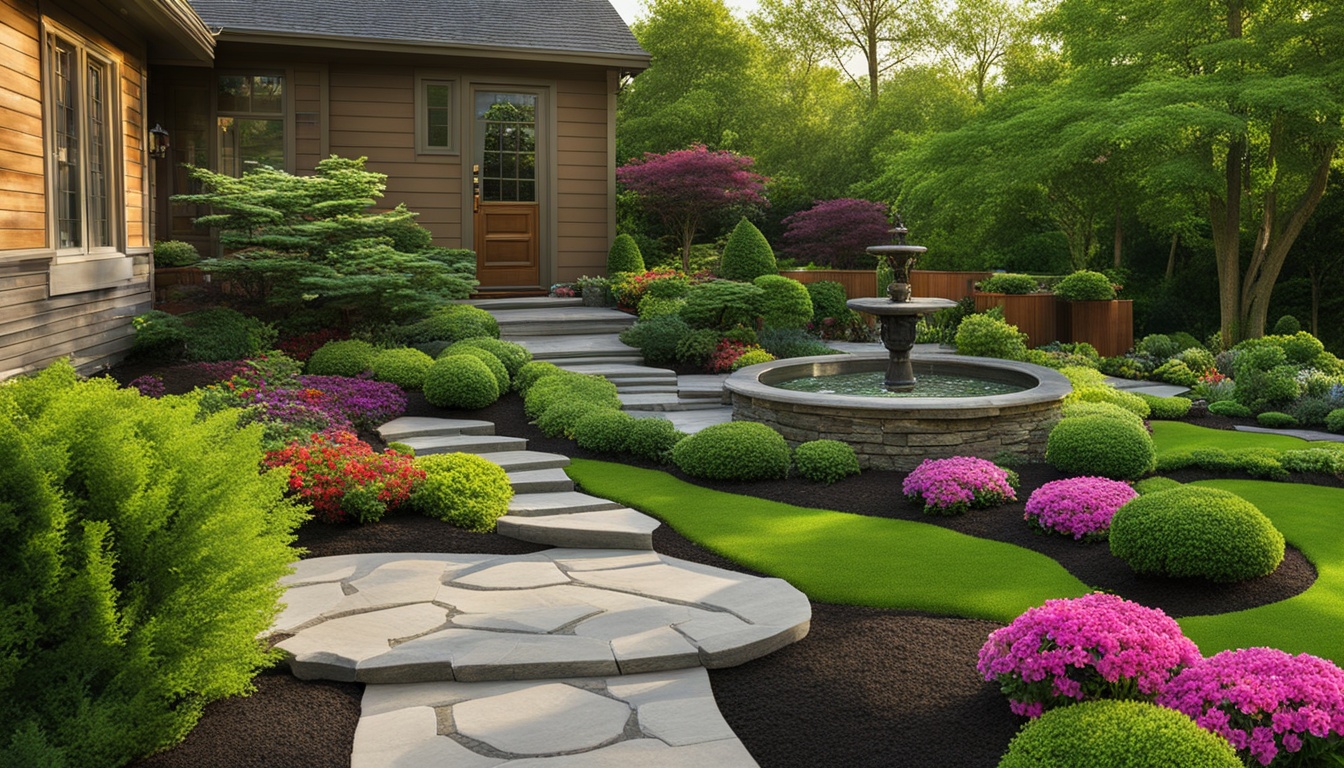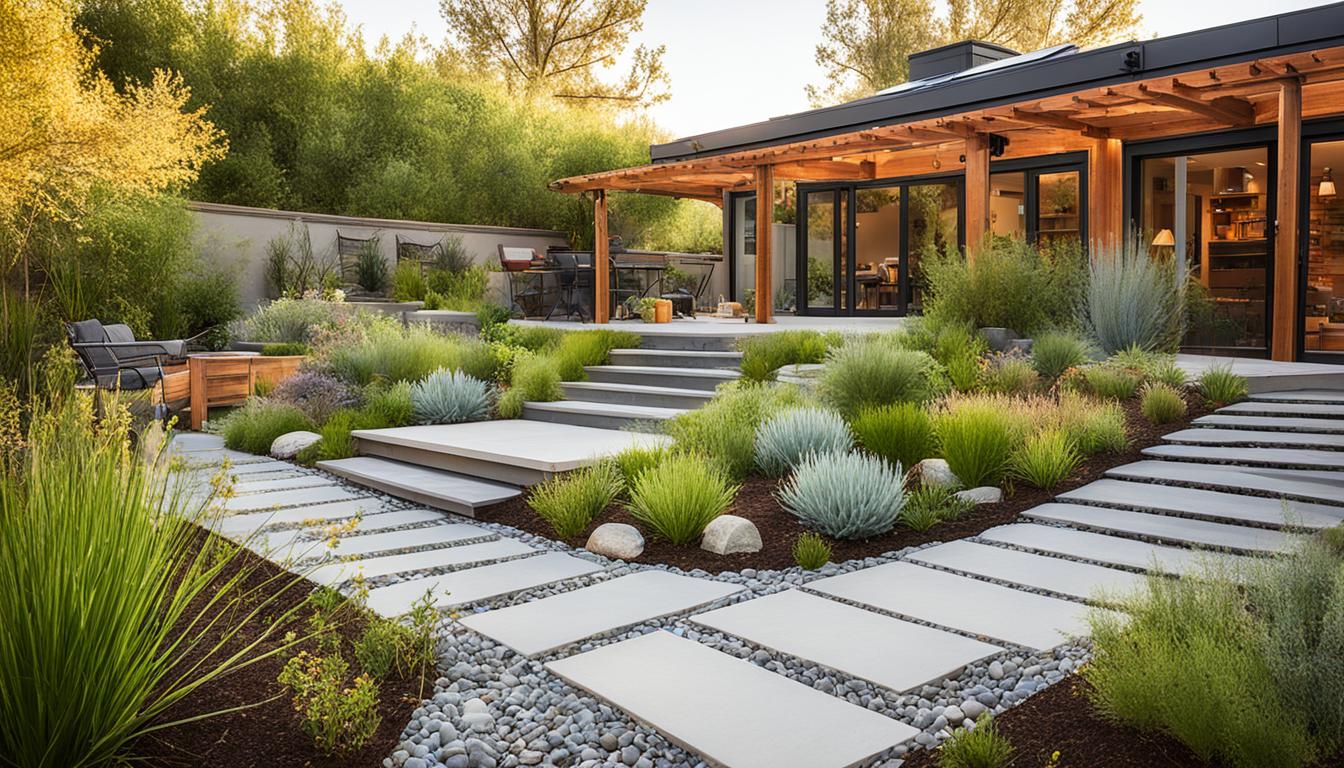Winter Landscaping Ideas
When the cold weather of winter hits here in Ohio, your lawn may go dormant, but that doesn’t mean your landscaping efforts need to stop. Many people wonder, “Can landscaping be done in the winter?” The answer is a resounding yes. Winter is not only a great time to maintain your yard but also an opportunity to prepare for a lush, thriving landscape come spring. From pruning to planting winter-friendly plants, landscaping in winter offers numerous benefits and possibilities.
Why Winter Landscaping Makes Sense
Winter landscaping may seem counterintuitive in the Solon Ohio area because of the long, cold winters, but it’s one of the best times to tackle essential maintenance tasks. Pruning, fertilizing, and planning for spring can all take place during the colder months. By addressing these jobs in winter, you’ll reduce the workload for spring, ensure healthier plant growth, and improve your property’s curb appeal.
Moreover, winter landscaping can protect your lawn, plants, and hardscapes from damage caused by freezing temperatures, snow, and ice. This proactive approach makes for easier spring cleanups and ensures your landscape looks well-maintained year-round.
Choosing Winter-Friendly Plants
Just because winter is here doesn’t mean your garden has to look barren and lifeless. Many plants thrive in colder climates, adding color and texture to your winter landscape.
Plant Evergreens
Evergreens are a must-have for winter landscaping. These trees and shrubs retain their foliage throughout the year, providing vibrant green hues even against a snowy backdrop. Popular evergreen options include:
- White spruce
- Balsam fir
- Eastern white pine
- Douglas fir
- Western redcedar
Strategically planting evergreens around your property can bring life and beauty to an otherwise dull winter lawn.
Add Plants with Berries
Plants that produce winter berries offer a pop of color and attract birds and wildlife, creating an engaging winter landscape. Some of the best options for berry-bearing plants include:
- Holly
- Juniper
- Sea buckthorn
- Rose hips
- Cotoneaster
- Wintergreen
These plants not only beautify your space but also create a dynamic ecosystem during the cold months.
Plant a Winter Vegetable Garden
Believe it or not, some vegetables can thrive in winter. While they need to be planted earlier in the year, you can enjoy a fresh harvest even during the colder months. Vegetables like kale, carrots, Brussels sprouts, and spinach are well-suited for winter conditions. Be mindful of where you plant them, as sunlight is more limited in winter.
Hardscapes in Winter
Hardscapes, or non-living landscape features, play a crucial role during winter when natural elements like grass and flowers are dormant. Adding hardscape elements can elevate your yard’s visual appeal and provide structure. Consider incorporating the following:
- Garden benches
- Fire Features
- Pavor Patios
- Outdoor Kitchens
- Decorative planters
Hardscape features like these can become striking focal points when highlighted with outdoor lighting, especially against a blanket of snow.
Winter Pruning Practices
Winter is one of the best times for pruning trees, shrubs, and other plants. During the dormant season, trees have shed their leaves, making it easier to identify and remove problematic branches. Benefits of winter pruning include:
- Healthier growth in spring
- Improved shape and structure
- Reduced risk of falling branches during storms
However, pruning can be hazardous, especially for large trees. It’s important to protect your trees in the winter and it’s often best to hire professional landscapers to handle this task safely and efficiently.
Essential Winter Plant Care Tips
Taking care of your plants and lawn in winter protects them from harsh conditions and sets the stage for a healthier spring. Here are a few critical winter plant care tips:
1. Get Rid of Leaves
Before the snow begins to fall, rake and remove leaves from your lawn. A thick layer of leaves can suffocate your grass, promote fungal diseases, and create dead patches that require extensive repair in the spring.
2. Perform Winter Fertilization
Fertilizing your lawn in late fall gives grass roots the nutrients they need to survive winter and emerge stronger in the spring. Use a slow-release fertilizer for the best results.
3. Mulch for Insulation
Adding a layer of mulch around your plants provides insulation against freezing temperatures. Mulch helps retain moisture, prevent frost heaving, and protect delicate roots.
4. Stay Off a Frozen Lawn
Walking on frozen grass can damage the crown of the turf, leaving unsightly bare spots when the snow melts. Try to minimize foot traffic on your lawn during winter.
5. Keep Salt Away from Plants
While salt is essential for melting ice on pathways, it can harm nearby plants. Use plant-safe alternatives for de-icing, and be mindful of where you shovel salt-laden snow.
6. Focus on Drainage
Snowmelt can lead to waterlogged plants and lawn damage. Ensure your gutters are clean and functioning, and consider adding drainage solutions to prevent excess water buildup.
Tips to Be Prepared for Winter Landscaping
Proper preparation ensures your landscaping efforts are successful and your property is protected throughout the winter:
- Store Tools Properly: Bring tools indoors to prevent rusting and damage.
- Clean and Sanitize Tools: Deep clean gardening tools to avoid spreading diseases to plants in spring.
- Wrap Sensitive Plants: Use burlap or frost covers to protect plants from harsh winds and frost.
- Move Potted Plants Indoors: For plants sensitive to the cold, relocate them to a protected space.
Do Landscapers Work in the Winter?
Yes, professional landscapers work throughout the winter, and many essential tasks can be completed during this time. From pruning and mulching to designing and installing hardscapes, winter landscaping ensures your yard remains beautiful and functional.
Benefits of Hiring a Professional Landscaper for Winter Projects
While winter landscaping offers many benefits, it can be time-consuming and physically demanding. Hiring professional landscapers ensures the work is done efficiently and safely. Here’s what professionals bring to the table:
- Expert Maintenance: Proper pruning, mulching, and fertilization techniques to protect your plants and lawn.
- Hardscape Design and Installation: Adding winter-friendly features like benches, pathways, and lighting.
- Safety: Removal of hazardous branches and snow to prevent injuries and property damage.
Final Thoughts: Embrace Winter Landscaping
Landscaping in winter is an opportunity to care for your lawn, enhance your outdoor space, and prepare for a flourishing spring. By incorporating evergreens, berry-bearing plants, and durable hardscapes, you can create a beautiful and inviting landscape even in the coldest months.
If winter landscaping feels overwhelming, don’t hesitate to contact professional landscapers like our team here at PurGreen. We have the knowledge and experience to transform your lawn in the Solon & North East Ohio area into a stunning, functional space. Embrace the season and enjoy the beauty that winter landscaping has to offer!
